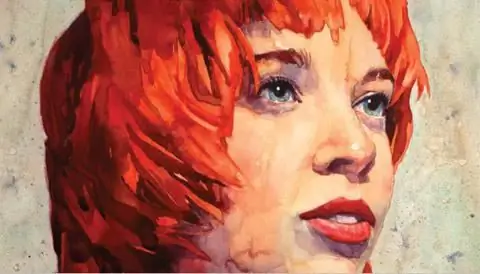2025 Author: Leah Sherlock | [email protected]. Last modified: 2025-01-24 17:46:28
If you dream of learning how to paint a portrait in watercolor, but are afraid that you will not succeed, first discard your fears and start reading this article. Here are simple and clear guidelines to help you pick up your brushes and paints and get creative.

What materials will be needed
Before you start painting a portrait in watercolor, you will need to prepare the necessary materials for this:
- Good watercolors.
- Soft brushes of different sizes (squirrel and kolinsky are best).
- Watercolor paper.
- Wooden tablet (paper will need to be stretched over it).
- Hard pencil and eraser
- Sketch paper.

Pre-work
How to paint a portrait in watercolor if you don't have a clear idea of the composition of the future painting in your head? It will be very difficult. Therefore, first you need to make a series of preliminary sketches and decide how the person will be depicted:chest or waist.
If you are painting a watercolor portrait from life, you can consult with your model about how she would like to be drawn. Look for a comfortable position together, and also find a position in which light falls beautifully and textured on the face and figure.

It is still possible, before you start working on a portrait, to decide on the color scheme of the future work. To do this, you need to make a light sketch already directly with the paints themselves.
Watercolor portrait step by step
Well, let's say that all the preparatory work is finished, you can start creating a picture. The whole process is recommended to be divided into several successive stages:
1. Pencil drawing is a very important stage. The lines should be slightly noticeable, it is unacceptable to use an eraser often, this will rub the paper, which will cause transparent paints to go unevenly. You can make a drawing on a separate sheet, and then carefully transfer it to the stretched watercolor paper.
2. Now we begin to paint a portrait in watercolor. And the first thing that will need to be done is to apply a light, transparent underpainting to the paper with paints. For the face, we dilute cadmium orange or ocher with water (the paint should be very watery, pale). We paint over the face with wide strokes, in place of the glare, the paper should remain untouched. Then we select other colors and brush through the hair and clothes, also leaving the lightest places untouched.
3. Now you need to do the eyes and lips. What eye color does your model have? Choose the right paint, dilute it with water to a pale state and paint over the iris in the portrait. Do the same with the drawing of the lips.
4. We put shadows on the face. To do this, we add a little burnt sienna to our diluted pale cadmium or ocher. Shadows at this stage should also be applied very lightly, not at full strength. In fact, they should only slightly differ in tone from the first paint layer. Please note that this is a painting, so you need to pay attention to the shades that are reflected on the skin of the model's face. For example, on the one hand, warm light from red curtains can fall on the face, glare from clothes of cold tones can be reflected on the chin, etc. This must be taken into account and try to display in the portrait using additional colors.
5. Next, we begin to understand the shadows more carefully. We are looking for the darkest places on the cheekbones, on the lips, on the sides and wings of the nose, near the hair, etc. It is with the help of shadows that the face is modeled, volume is given to it. The main principle in watercolor work is to always move from a lighter tone to a darker one.
6. We are looking for the lightest intermediate tones between shadow and light. On the face, where the light falls on it, there are also darker and lighter places. We follow the play of light and try to repeat it on paper.
7. We work with hair and clothes on the same principle as with the face.
8. At the final stage of working on a portrait, you need to take the thinnest brush and use it to finish small details and lines: individual strands of hair, eyelashes,lip line. Always remember that when working with watercolor, even in the darkest places, the paint should remain transparent.
9. It is best to work on the background in parallel with the entire portrait, but you can leave this for later. The main thing is that the background should not be worked out more than the face, but negligence is also inappropriate here.

Conclusion
We hope you have learned in general terms how to paint a portrait in watercolor. Well, now it's up to practice, because only direct work with watercolors will give you self-confidence, as well as the necessary experience and skill. Creative success to you!
Recommended:
Useful tips: how to paint clouds in watercolor?

Mastering watercolor, the most capricious and sensual paint, puts the creator on a new pedestal of mastery. Today we will give some advice to those watercolorists who reveal their talent through picturesque landscapes, namely, we will tell you how to paint clouds in watercolor
Portrait in the art of Russia. Fine art portrait
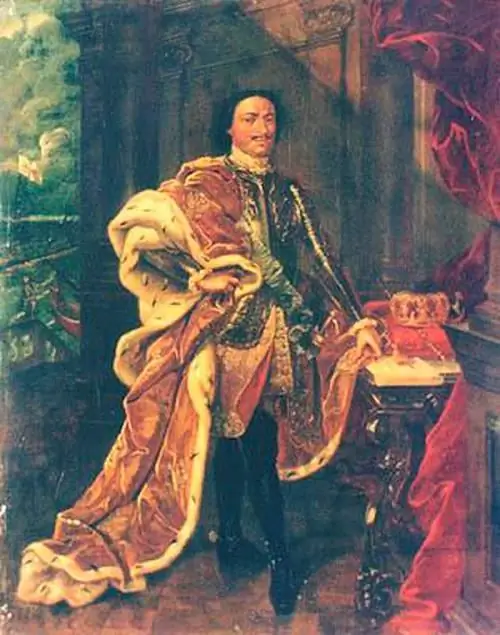
In this article we will consider a portrait in the art of Russia. The value of this genre lies in the fact that the artist tries to convey with the help of materials the image of a real person. That is, with proper skill, we can get acquainted with a certain era through a picture. Read on and you will learn the milestones in the development of the Russian portrait from the Middle Ages to the present
How to paint a flower in watercolor. Four steps
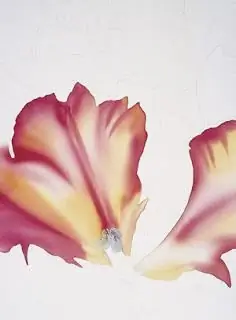
When depicting a flower in watercolor, it is necessary to show a certain sweep, because the drawing is a reflection of the author's emotions, and you should not restrain them
Watercolor. Tulips in watercolor in stages
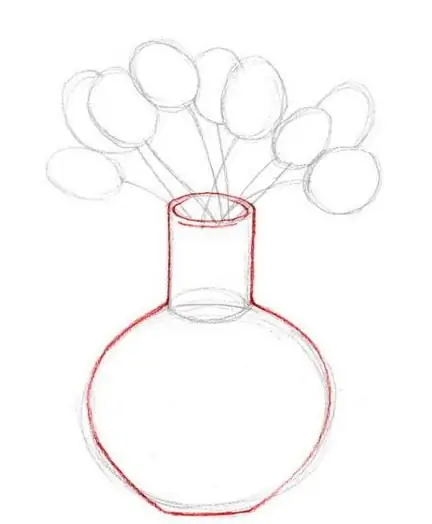
How to decorate a room if you don't have fresh flowers? How to draw beautiful flowers on paper using watercolor? Tulips in a vase is a bright flower arrangement. That is what we will draw today
How to paint a portrait in oil on canvas?
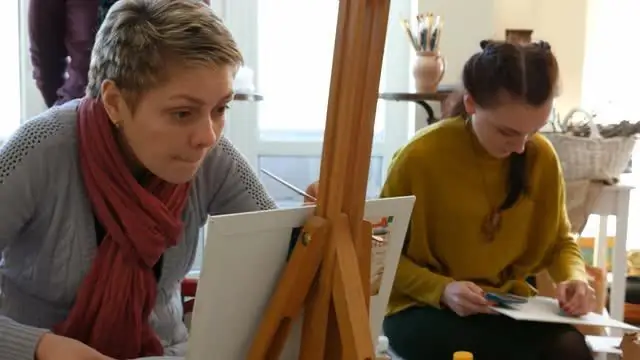
To paint a portrait in oil on canvas, you must not only have certain painting skills, but also know the proportions of a person's face, have a minimal understanding of his anatomy. However, if you have a great desire and patience, you can learn this difficult skill

